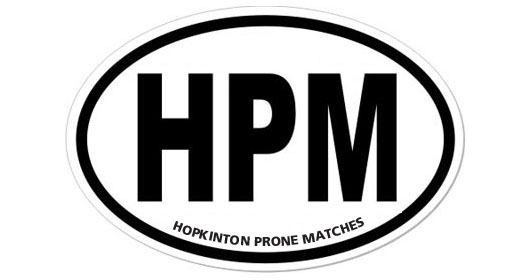The Price Of Basic Necessities…
I was searching the Internet for some arcane information when I came across an article entitled The Cost Of Basic Necessities The Year You were Born. Never one to pass up an opportunity to fill any empty voids in my mind with trivia I quickly scanned it for 1947, the year of my birth.
Listed was a few common kitchen commodities showing the difference seven decades has made on the cost of living. One dozen eggs cost 70ȼ the year I was hatched, equal to $7.65 in today’s dollars. Now these were 12 no-frills Grade A large eggs. They were organic and free range, long before the terms were appropriated by advertising men in an successful attempt to raise their price to a gullible public. A one pound loaf of good old American white bread, the best for peanut butter and grape jelly brown bag school lunches, went for 13ȼ, about a $1.37 at the market these days.
Then there was whole milk at 20ȼ a quart in a recyclable glass bottle topped with a waxed paper cap deposited by the milkman in the grey insulated milk box on the front porch. Not the $2.15 type in plastic or cardboard plucked from a supermarket’s refrigerated section. Whole milk is milk as it comes from the cow, with all the butter fat still contained. It is full-bodied, thick, and rich in taste, not like the namby-pamby 1% or 2% variety or the watery skim milk so popular with today’s anorexic health fanatics.
It was real milk delivered by real men from Radway’s or Michael’s Dairy. Dressed in white shirt and trousers, with a military style combination cover, they packed the bottles in ice at the dairy in the wee hours of the morning and then set out in their appointed rounds. The milk was pasteurized in 1947,but not homogenized. The lack of the second process was the source of an occasional adolescent donnybrook with my brother.
Homogenization is the physical process of breaking down the fat molecules in milk so that they stay integrated rather than separating as cream. Milk that is not homogenized separates easily, the cream rising to the top. One only had to shake the bottle to temporarily homogenize the milk before drinking or pouring on your cereal. I still put my finger over the cap and shake the milk container out of habit. It is one of the many things that hang on from my youth that I do or say that mystifies my kids.
On an arctic like winter’s morning in New England even the insulated milk box could not protect the milk. It would freeze, and the cream would expand to push off the cap. The resultant pillar, wearing the bottle cap like a Scotsman’s tam o’ shanter, was a rare and sought after treat to be eaten right then and there. Awakening on just such a freezing morning we would race each other downstairs and out onto the front porch, barefoot and pajama clad, oblivious to the cold.
Flipping the top of the milk box open would reveal the delicacy and my brother, being older and faster, would often gleefully tease me by allowing me to stick my hand in before slamming the top down on my fingers. As I hopped about on the icy porch on frostbitten feet, sucking on my stringing and often bloodied fingers, he would, with a Mephistophelian grin, snap off the cream and wolf it down it with a taunting devilish glee. One never knew what he enjoyed most, the frozen treat or my pain.
But what of the other basic necessity of life, a trip to the National Smallbore Rifle Championship? I dug out the 1947 Smallbore Championship program to see how the costs have changed.
The 24 page document revealed some interesting facts. Bedding was provided at no cost and three squares in the Mess Hall might run as much as $2.50 a day. The championship was a 3200 and was limited to only 700 rifle competitors, who would pay for matches à la carte.
The registration fee was a $1.00 and each match cost an additional dollar. There were eight fired matches and three unfired aggregate matches making up the championship. The prize schedule was sliding and, if there more than 500 entries, the top award was $35.00. So, with registration fee, it cost $12 to shoot the national prone championship. There were additional special individual matches and team events, but everything cost a buck if you were an NRA member. It was a dollar fifty for a non-Association members. The 1947 Official Bulletin of the National Smallbore Championship reports that 618 participated and only 82 firing points were empty.
Seventy years later the championship was a 4800. The entry fee, prorated, was $17.00 per match with a payout of $50 to the winner. It is not too much out of line with the growth in the cost of eggs and milk. However, unlike 1947 the maximum number of competitors that could be accommodated in 2017 was 200 but only 87 firing points were needed.
The situation reminds me of a conversation I had with a friend who is an airplane salesman. He had originally been in retail furniture but decided to take his considerable sales skills and combine them with his love of flying for a more satisfying career. I asked about the difference between the two fields and he replied, “You know, pretty much everyone needs a bed, a sofa, or a kitchen table. No one really needs a four-million-dollar airplane.”
No matter what the cost I guess it is pretty much the same for eggs, milk, and a national smallbore rifle championship.


